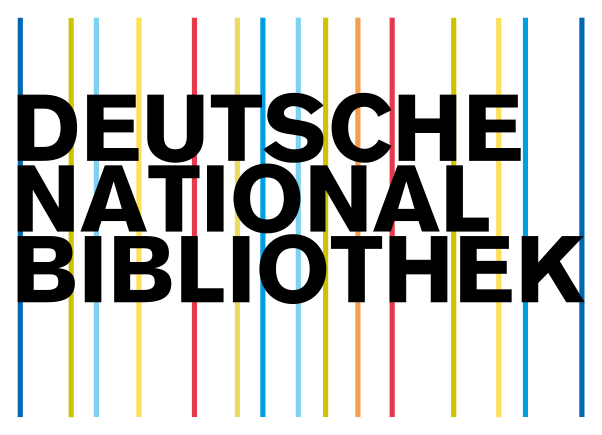Abstractive Multi Document Text Summarization of User Reviews Using Graph Generation and TF-IDF
DOI:
https://doi.org/10.5281/zenodo.5474510Keywords:
Text Summarization, Abstractive Multi Document Text Summarize, Graph Based, TF-IDF, ROUGEAbstract
With the increase in number of e-commerce sites, one finds it difficult to choose and buy a product. It is not possible for a person to read hundreds of product reviews from various sources. This problem can be solved by using text summarization. The issue with most text summarizers is that, they summarize the text but they do not tend to preserve the underlying meaning. The aim of this paper is to overcome this problem by developing a abstractive multi document text summarizer which summarizes reviews that are obtained from multiple sources like amazon, trip advisor, etc. and are stored in the form of multiple documents. The implementation is carried out by first cleaning the data and using a graph based approach that considers tagging parts of speech and building edges with weights and then using TF-IDF to find the most important set of words. The final summary is obtained by using maximum weight graph traversal. Evaluation metric is ROUGE.
Downloads
References
Ahmad T Al-Taani, Automatic Text Summarization Approaches ,International Conference on Infocom Technologies and Unmanned Systems, 2017.
Taner Uçkan, Ali Karc?, Extractive Multi-Document Text Summarization Based On Graph Independent Sets, Egyptian Informatics Journal, 2020
Shai Erera, Michal Shmueli-Scheuer, Guy Feigenblat, Ora Peled Nakash, Odellia Boni, Haggai Roitman, Doron Cohen, Bar Weiner, Yosi Mass, Or Rivlin, Guy Lev, Achiya Jer-bi, Jonathan Herzig, Yufang Hou, Charles Jochim, Martin Gleize, Francesca Bonin, David Konopnicki, A Summarization System for Scientific Documents ,Proceedings of the EMNLP and the 9th IJCNLP, 2019
Min Yang, Chengming Li, Ying Shen, Qingyao Wu, Zhou Zhao, Xiaojun Chen, Hierar-chical Human-Like Deep Neural Networks for Abstractive Text Summarization, IEEE Transactions on Neural Networks and Learning Systems, 2020
V. Mohan Kalyan, Chukka Santhaiah, M. Naga Sri Nikhil, J. Jithendra, Y. Deepthi, and N. V. Krishna Rao, Extractive Summarization Using Frequency Driven Approach , Machine Learning Technologies and Applications: Proceedings of ICACECS, 2020.
Akash Ajampura Natesh , Somaiah Thimmaiah Balekuttira , Annapurna P Patil, Graph Based Approach for Automatic Text Summarization, International Journal of Advanced Research in Computer and Communication Engineering, 2016.
Yang Gao, Wei Zhao, Steffen Eger, SUPERT: Towards New Frontiers in Unsupervised Evaluation Metrics for Multi-Document Summarization, ACL 2020.
Samer Abdulateef, Naseer Ahmed Khan, Bolin Chen and Xuequn Shang, Multidocument Arabic Text Summarization Based on Clustering and Word2Vec to Reduce Redundancy, Natural Language Generation and Machine Learning, 2020.
Mohammad Bidoki, Mohammad R.Moosavi, MostafaFakhrahmad,A semantic approach to extractive multi-document summarization: Applying sentence expansion for tuning of con-ceptual densities, 2020.
Dominik Ramsauer and Udo Kruschwitz, Exploring the Incorporation of Opinion Polarity for Abstractive Multi-Document Summarisation, 2021.
Downloads
Published
How to Cite
Issue
Section
URN
License
Copyright (c) 2021 Perspectives in Communication, Embedded-systems and Signal-processing - PiCES

This work is licensed under a Creative Commons Attribution 4.0 International License.






